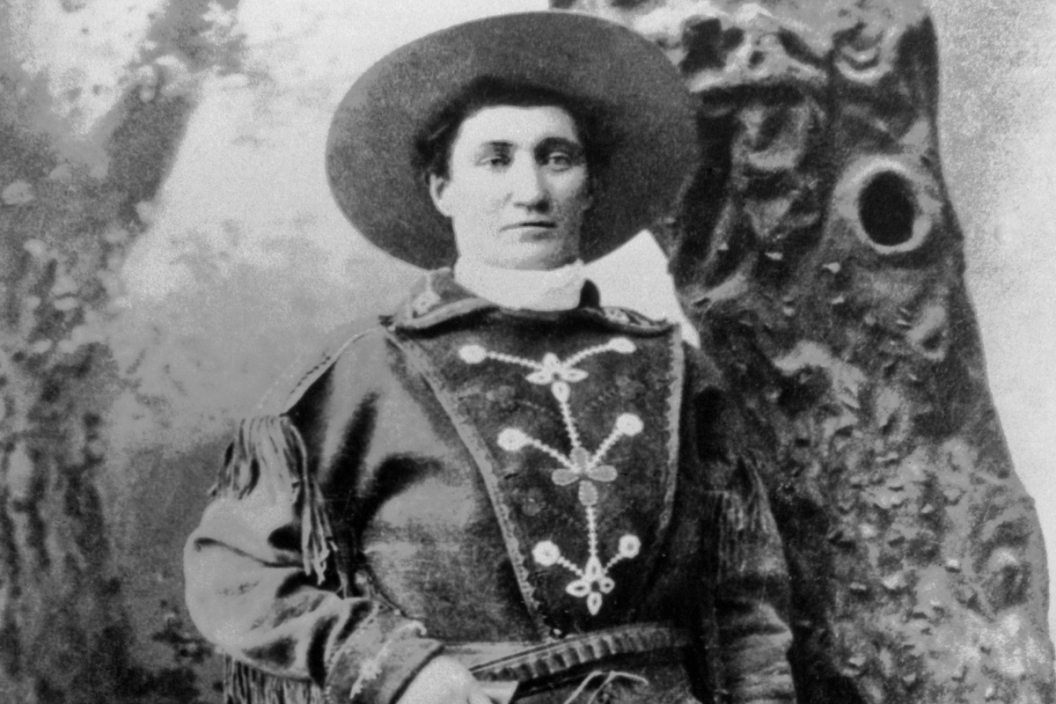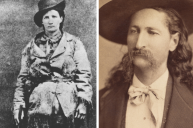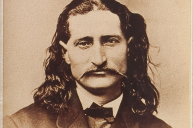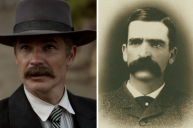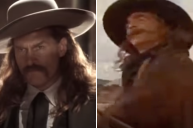Calamity Jane is one of the most notorious figures of the Old West. A skilled sharpshooter who was equally skilled in the art of profanity, she was the embodiment of what many on the frontier considered "unladylike." And that was just fine by her.
Videos by Wide Open Country
Legends say she rode with real cowboys. General Custer, Wild Bill Hickok, and Buffalo Bill Cody are among her acquaintances. She was also known to spread salacious dime novel-worth rumors about herself. In many ways, Calamity Jane was a legend of her own making. But what would the Wild West be without a few tall tales?
Calamity Jane's legend only grew after her death. She was a staple in western films and has been portrayed by everyone from Jane Russell to Doris Day. Her story was made into a musical that was even performed on Broadway in New York. The 2004 HBO series Deadwood revived the gunslinger's legend once again as a very un-Doris Day and more true-to-life foul-mouthed drunkard with a heart of gold, portrayed by Robin Weigert.
But who was the real Calamity jane And what has made the frontierswoman's story so enduring?
The Wayward Woman of the West
Calamity Jane was born Martha Jane Canary in 1852 in Princeton, Missouri. (The spelling is sometimes found as Martha Jane Cannary.) According to a ghost-written 1896 autobiography, Canary was born a poor pioneer girl to a gambling addict father and a mother who had worked as a prostitute.
Her mother died while the family was en route to Blackfoot, Montana, when Canary was 14. The family lived in Virginia City, Nevada, for a time, and then her father died just a year later in Salt Lake City, Utah. Canary cared for her five younger siblings and traveled to Piedmont, Wyoming, in search of a better life.
In Wyoming, she got a taste of the Wild West lifestyle, working as a dance hall girl, ox-team driver and scout. Shortly after, Canary began working as a prostitute at the Fort Laramie Three Mile Hog Ranch.
By the mid-1870s, Canary was a real celebrity of the Wild West. Not content with merely staying inside the dance halls and brothels, Canary created a persona for herself. She became known for wearing what was considered men's attire, dressing in buckskins.
Unlike the old west saloon girls, Calamity Jane had no use for perceived femininity. Despite 1950s Hollywood's attempts to make her into a sex symbol, 19th-century publications often described her as masculine and weather-beaten from her time spent riding the plains.
Calamity Jane Arrives in Deadwood
In 1876, Canary arrived in the gold mining town of Deadwood, South Dakota, on Wild Bill's wagon. The town's lawless ways and hard living citizens suited her, and she became a frequent sight around the Deadwood saloons in Dakota Territory. Along with comrades such as Wild Bill and Charlie Utter, Canary rode out on stagecoach wagon expeditions in search of gold.
Where she got the name "Calamity" is anyone's guess. The Biography channel's episode on Calamity Jane reports that the nickname derived from her frequent claims of helping folks out of "calamities." It's also possible that the local Deadwood paper coined the nickname, the Black Hills Pioneer, that announced Canary's arrival with the headline "Calamity Jane has arrived!"
Canary's reputation as the tough-talking, hard-drinking friend of Wild Bill Hickok is central to her legend. In fact, it was Wild Bill himself who dressed Calamity in her signature buckskins when he found her nearly naked and extremely inebriated outside an army camp in Fort Laramie, Wyoming.
Throughout her life, Canary claimed to be Wild Bill's lover, though most historians doubt the merit of her claims. Among the likely untruths of Calamity Jane's life, she also claimed to have gone after Hickok's murderer, Jack McCall, with a meat cleaver.
Sometime around 1885, Canary is said to have married a man whose last name was Burke, though it's argued as to what his first name was (Edward or Clinton) and allegedly gave birth to a daughter in 1887.
In 1941, a woman who went by Jean Hickok McCormick claimed to be the daughter of Calamity Jane and Wild Bill Hickok. McCormick produced a diary and letters supposedly given to her by Calamity Jane. But McCormick's claims and the veracity of the letters have been disputed by historians.
The Folk Hero of the Plains
In addition to her tough-as-nails persona, there was a softer side to Calamity Jane. She spent long hours in Deadwood nursing patients during a smallpox epidemic, and though she was often penniless, she didn't hesitate to help the poor and hungry.
The Black Hills Daily Times wrote of Calamity Jane's kindness.
"She has always been known for her friendliness, generosity, and happy cordial manner. It didn't matter to her whether a person was rich or poor, white or black, or what their circumstances were, Calamity Jane was just the same to all. Her purse was always open to help a hungry fellow, and she was one of the first to proffer her help in cases of sickness, accidents, or any distress."
Toward the end of her life, Canary joined up with Buffalo Bill Cody's Wild West Show (known as Buffalo Bill's Wild West Show), where her storytelling prowess could shine.
Calamity Jane died in 1903 at the age of 51. She is buried at Mount Moriah cemetery next to her old friend Wild Bill.
Martha Jane Canary lived the life she wanted, unbridled by societal expectations. While we may never be able to separate the facts from myths completely, Calamity Jane exemplified the spirit of the Old West.
